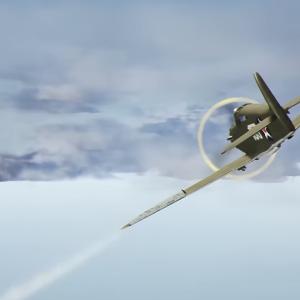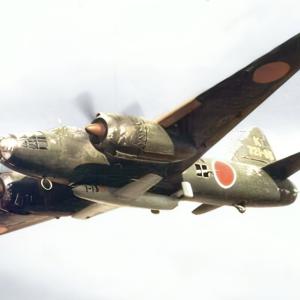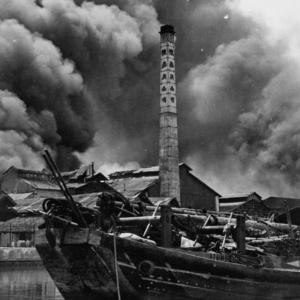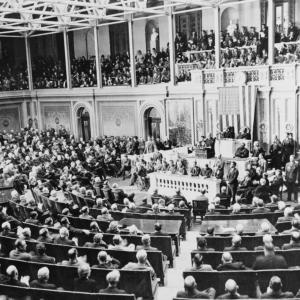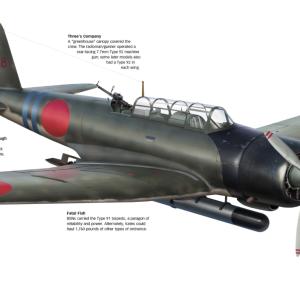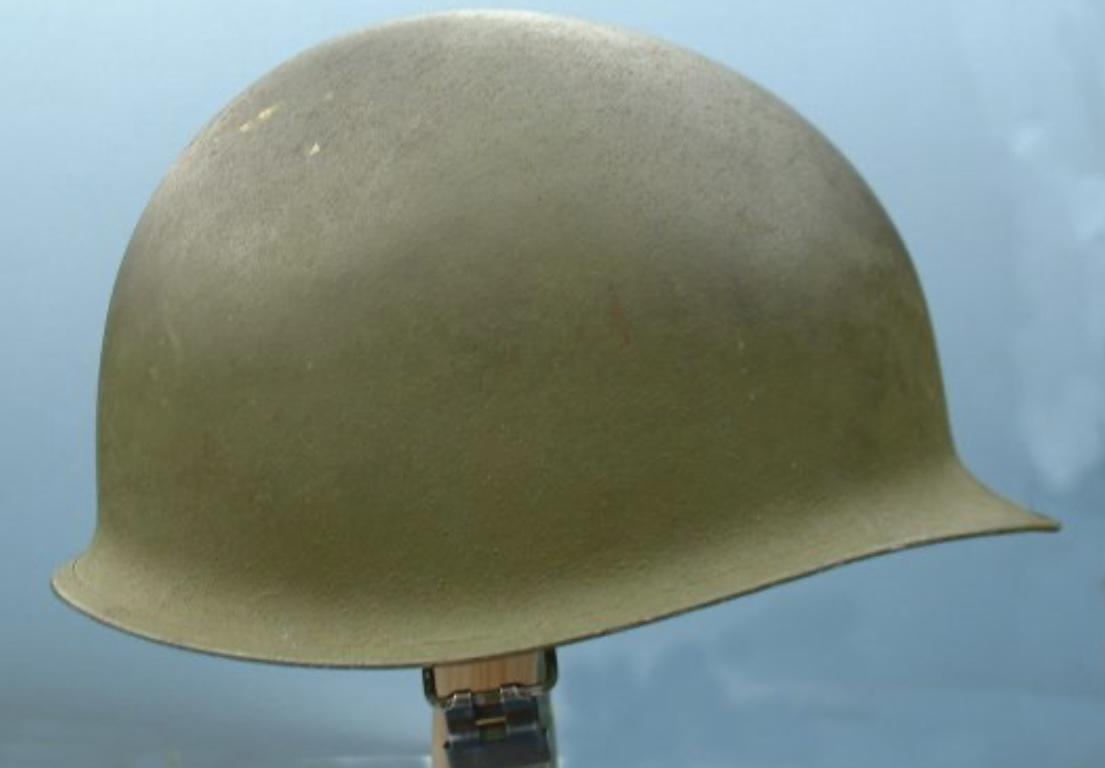
USA m1 Helmet
The United States Marine Corps, like the rest of the U.S. military during World War II, primarily used the M1 helmet, a revolutionary piece of personal protective equipment that became one of the most iconic symbols of American service members during the conflict. The M1 helmet was designed to replace the earlier M1917 "Brodie" helmet, which had been modeled after British designs and was used by American forces during World War I. The M1's design, more encompassing and protective, marked a significant departure in battlefield headgear and would go on to serve not only through World War II but into several conflicts thereafter.
The M1 helmet was designed by the United States Army's Infantry Board in 1940, under the leadership of Major Harold G. Sydenham, working in collaboration with the Army's Office of the Chief of Ordnance. The final design was the result of extensive testing and development, focused on improving protection from shrapnel, better stability on the wearer’s head, and more comfort over long periods. The distinctive two-piece design of the helmet set it apart from its predecessors and even from many of the helmets used by other nations at the time. It consisted of a hard steel outer shell and a separate, removable inner liner made from a composite material and fitted with a suspension system to improve comfort and fit. The liner also had provisions for attaching a leather or canvas chinstrap and could be worn independently in non-combat situations.
Although the Army spearheaded the development of the M1 helmet, it was quickly adopted by all branches of the U.S. armed forces, including the Navy and the Marine Corps. For the Marines, the helmet became standard issue as the United States entered World War II, with large-scale issuance beginning in 1941 and expanding rapidly following the attack on Pearl Harbor. The Marine Corps made some minor adjustments in how the helmet was worn and accessorized, but the basic design was consistent with the Army's. Notably, the Marine Corps often added a camouflage helmet cover, particularly in the Pacific Theater, where blending in with the tropical environment was essential. One of the most recognized variations is the reversible camouflage cover introduced in 1943, featuring a green foliage pattern on one side and a brown/beige beach pattern on the other. These covers became iconic in images from battles such as Iwo Jima and Tarawa.
The manufacturing of the M1 helmet was a massive industrial effort involving several major American companies. The steel helmet shells were primarily produced by the McCord Radiator and Manufacturing Company in Detroit, Michigan, and the Schlueter Manufacturing Company in St. Louis, Missouri. McCord began production in June 1941 and was responsible for the vast majority of helmets manufactured during the war. Schlueter joined the production effort in 1943 to meet the increasing demand. Meanwhile, the helmet liners were manufactured by a number of companies, including Westinghouse Electric Corporation, Firestone Tire and Rubber Company, Inland Manufacturing Division of General Motors, and others. These companies used compressed fiber or plastic materials to mold the liners, which were then fitted with suspension webbing, chinstraps, and other components. The coordination between manufacturers ensured a steady supply of helmets for the rapidly expanding military.
Over 22 million M1 helmets were produced from 1941 through 1945, with more than a million allocated specifically for use by the U.S. Marine Corps. The precise number issued to Marines is difficult to determine due to the inter-branch logistics system used by the War Department, but Marines received a consistent supply as part of the overall military production effort. As the war progressed, manufacturing processes were refined to increase efficiency, and quality control was maintained to ensure that each helmet met the required ballistic standards. Helmets were regularly inspected, and defective units were discarded or recycled.
The M1 helmet was formally introduced to the U.S. military in 1941, replacing the M1917A1, also known as the "Kelly" helmet. The transition was swift, particularly following the U.S. entry into World War II. By mid-1942, most frontline Marine units were equipped with M1 helmets, and their effectiveness in the Pacific battles quickly affirmed the soundness of their design. Marines wore these helmets in every major amphibious assault, including Guadalcanal, Bougainville, Peleliu, Saipan, and Okinawa. The helmet proved especially valuable in the close-quarters combat that characterized these campaigns, providing protection not just from shrapnel but also from blows and falling debris. While the helmet could not stop bullets, it frequently saved lives by preventing fatal injuries from fragmentation, which was far more common on the battlefield.
The dates of service for the M1 helmet within the Marine Corps extended well beyond the end of World War II. It continued in frontline use through the Korean War and into the early stages of the Vietnam War before being gradually phased out in favor of the PASGT (Personnel Armor System for Ground Troops) helmet in the 1980s. However, during the period from 1941 to 1945, the M1 was the definitive helmet for the U.S. Marine Corps, symbolizing both technological progress and the grit of the American serviceman. In many ways, the helmet became a canvas of the war itself—often covered in mud, scratched from use, personalized with netting or camouflage, and sometimes marked with the names or symbols of individual Marines.
The M1 helmet's legacy in the Marine Corps and in American military history is profound. It was not only a practical piece of equipment but also a deeply personal one, carried and worn by Marines in some of the harshest combat conditions of the 20th century. Its design influenced helmet development for decades, and its silhouette remains one of the most recognized symbols of World War II service. Today, original M1 helmets from the war are highly prized by collectors, museums, and veterans' families alike, serving as tangible reminders of the courage and sacrifice of those who wore them into battle.

